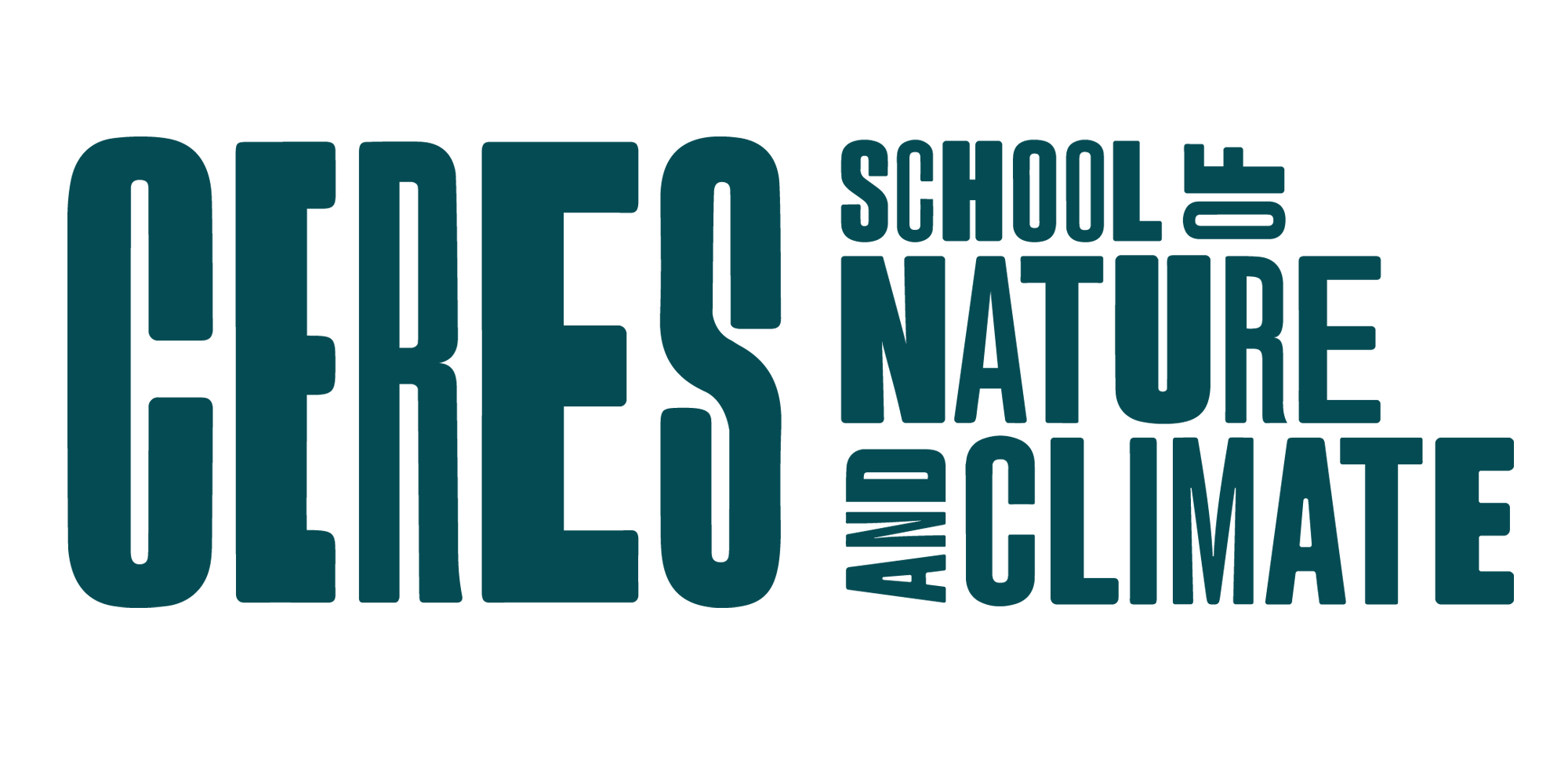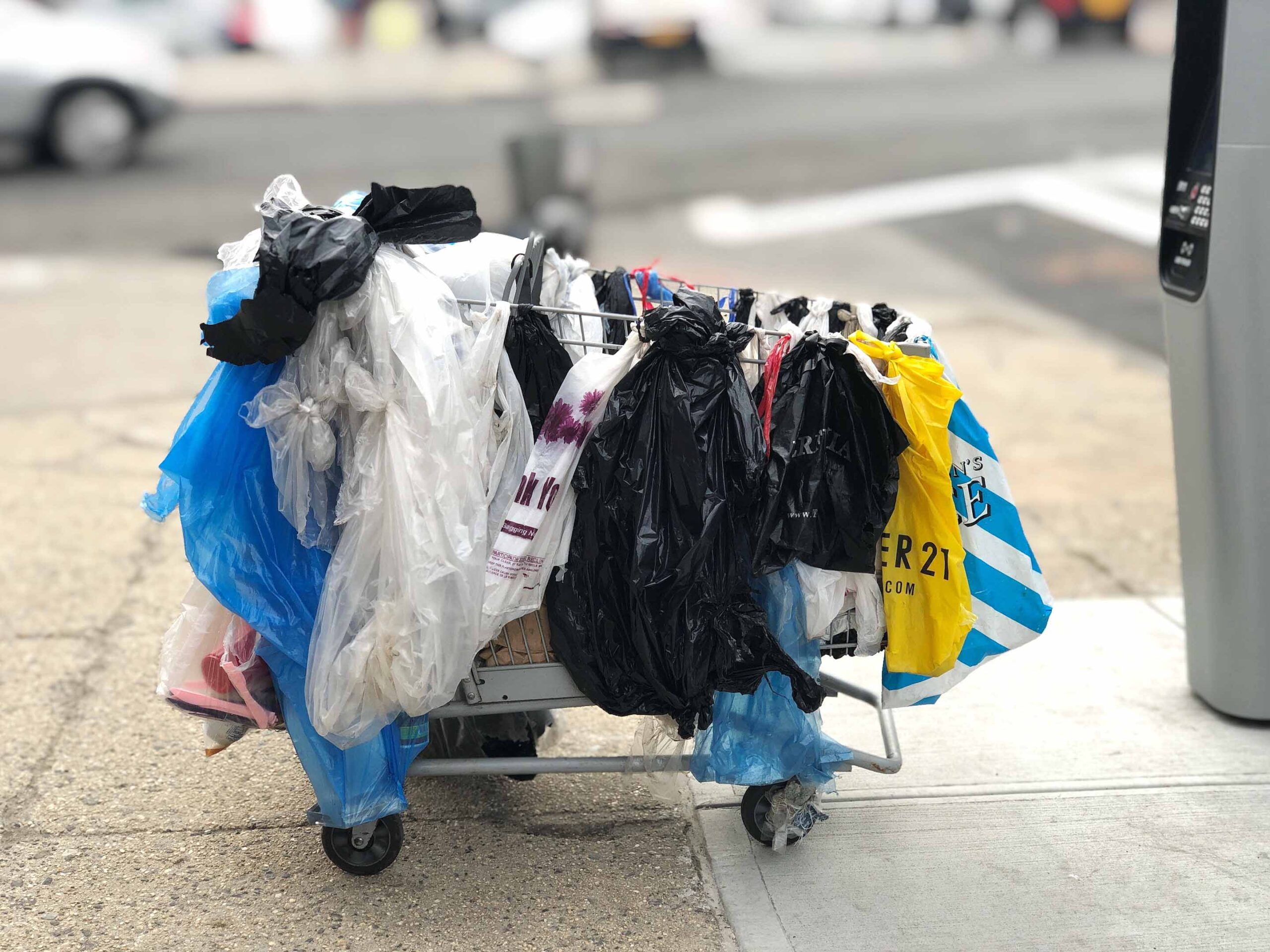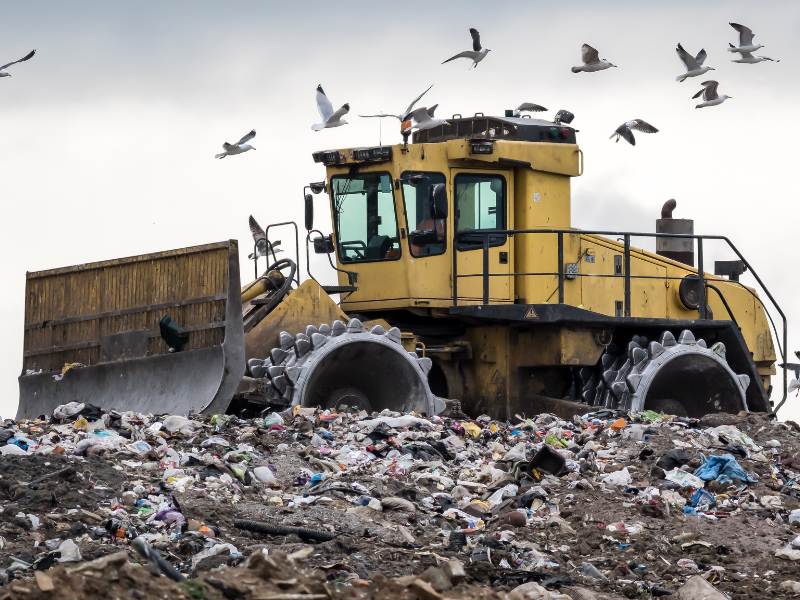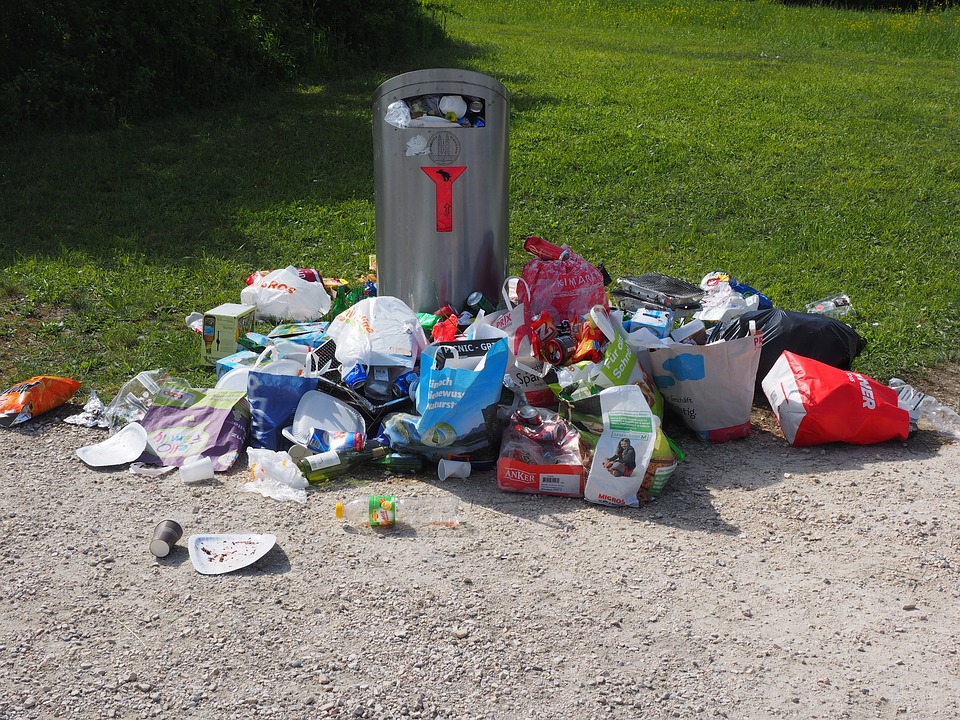Hungry Planet Curriculum Activity
Suitable for Secondary (Years 7-10)
Victorian Curriculum Links:
Design & Technologies
Years 7-8: (VCDSTC046); (VCDSTS043)
Years 9-10: (VCDSTC057); (VCDSTC047)
Geography
Years 9-10: (VCGGK142)
Activity Description
The Hungry Planet activity is based on Peter Menzel and Faith D’Aluisio’s book showcasing what families from around the world eat during the course of a week. The activity raises awareness around different culture’s relationship and access to food, as well as traditions and food preparations. Students will look at portraits of entire families surrounded by a week’s worth of groceries and are asked to match the photo with the family’s name, location and dollar amount spent on food.
Key Concepts
Food Packaging, Nude Food, Food Waste, Food Culture, Food Miles
Key Learning Intentions
1. Discuss a variety of food sources and types, e.g. local /global and whole/processed
2. Consider traditional and contemporary methods of food preparation used in a variety of cultures
3. Investigate relationships and differences between food and cultures around the world
4. Compare how people have responded to climatic and economic conditions in similar and different places and factors that may have influenced this such as culture and technology
Suggestions for Assessment
Formative
1. Participation in the Hungry Planet activity
2. Participation in the Discussion questions below
Instruction
1. Match the family with their food
Match the family photo with their name, location and how much money they spend on food per week.
2. Discussion
1. Look at the images and the matching information and identify the countries who:
a) Spend the most and least amount on food
b) Have the largest and least amount of food
2. List the names of the families according to how much rubbish they would produce (e.g. from most to least amount of packaged foods)
3. Select one country from Column A and one country from Column B and complete the following questions: a) Calculate the difference between the weekly food expenditure between the two
a) Calculate the difference between the weekly food expenditure between the two
b) Discuss one social, economic or environmental reason for the differences in the food consumption between the two families
c) Which families diet do you think is healthier and why?
d) Which family most closely represents your family’s weekly food consumption?
Suggested ResourceSmart Schools Module Links
Undertaking the activity as described above links to the ResourceSmart Schools Waste Module – actions B1.2
Below is a list of extension activities that link to additional actions of the Waste module:
- Students record what they/their family eats in a week (diary, table, pictures). Information recorded can include packaging, food source, food miles, health rating, processed/wholefood rating (ResourceSmart Schools Waste Module – actions B1.3)
- Working in small groups, provide students with examples of a meal and determine how far each item has travelled (refer to page 50 of Sustainability Victoria’s ResourceSmart Schools Curriculum Links document for full breakdown of this activity) (ResourceSmart Schools Waste Module – action B1.3)
- Students run a Nude Food lunch day at your school to raise awareness about healthy eating, packaging and litter. Follow up with a whole school community survey to investigate opportunities to hold these on an ongoing basis (ResourceSmart Schools Waste Module – actions A3.1, A3.2, B1.4, C1.2, C1.4, C2.1)
- Invite local indigenous group/s to share their food culture and practices (ResourceSmart Schools Waste Module – actions B1.5, B1.6)
- Students write a learning story about key findings of the activity and share in your school’s newsletter and website, including tips to reduce food miles and packaging (ResourceSmart Schools Waste Module – actions C1.1, C1.3, C3.5)
Speak to your CERES ResourceSmart Schools Facilitator about further links to the Waste Module.








